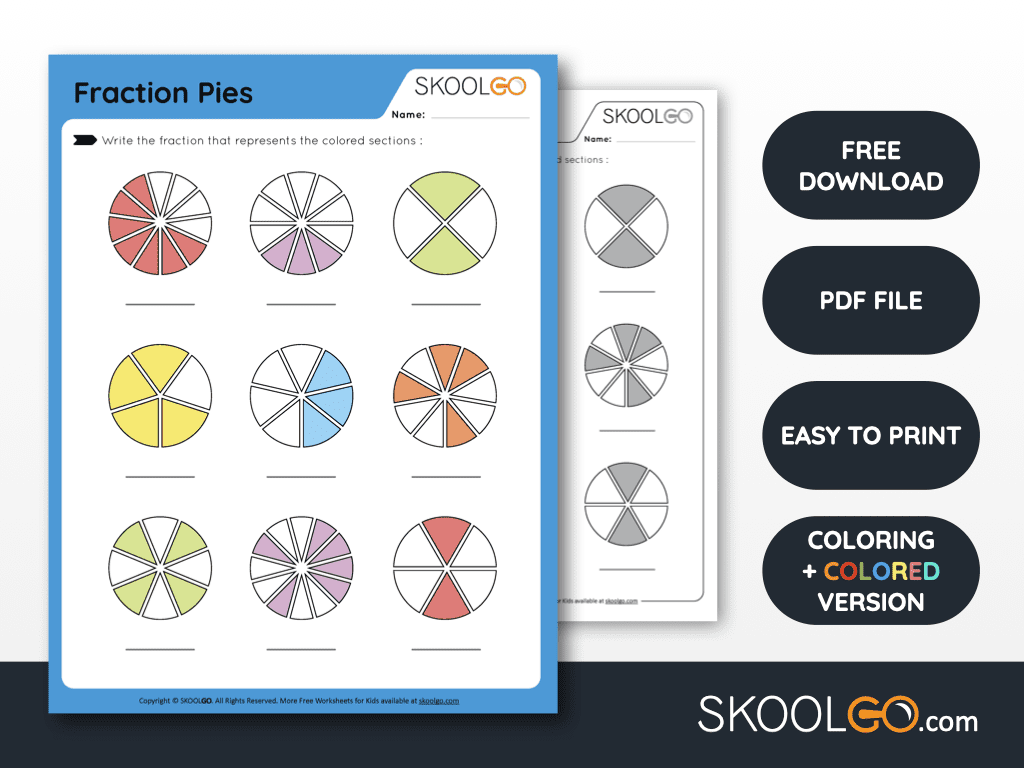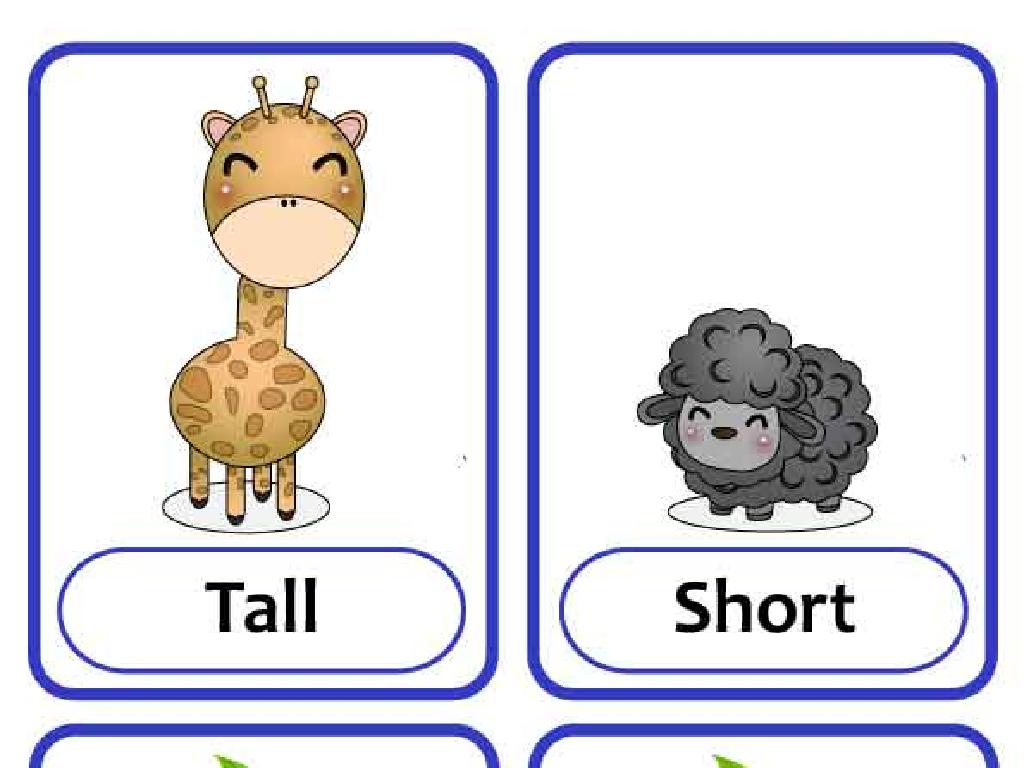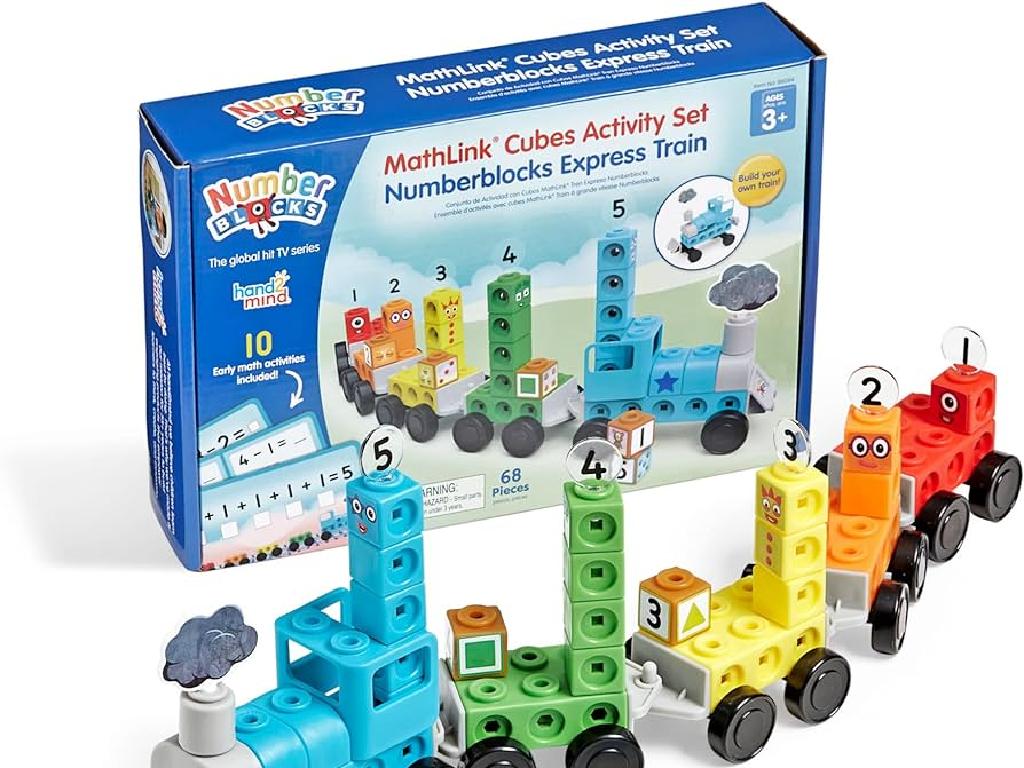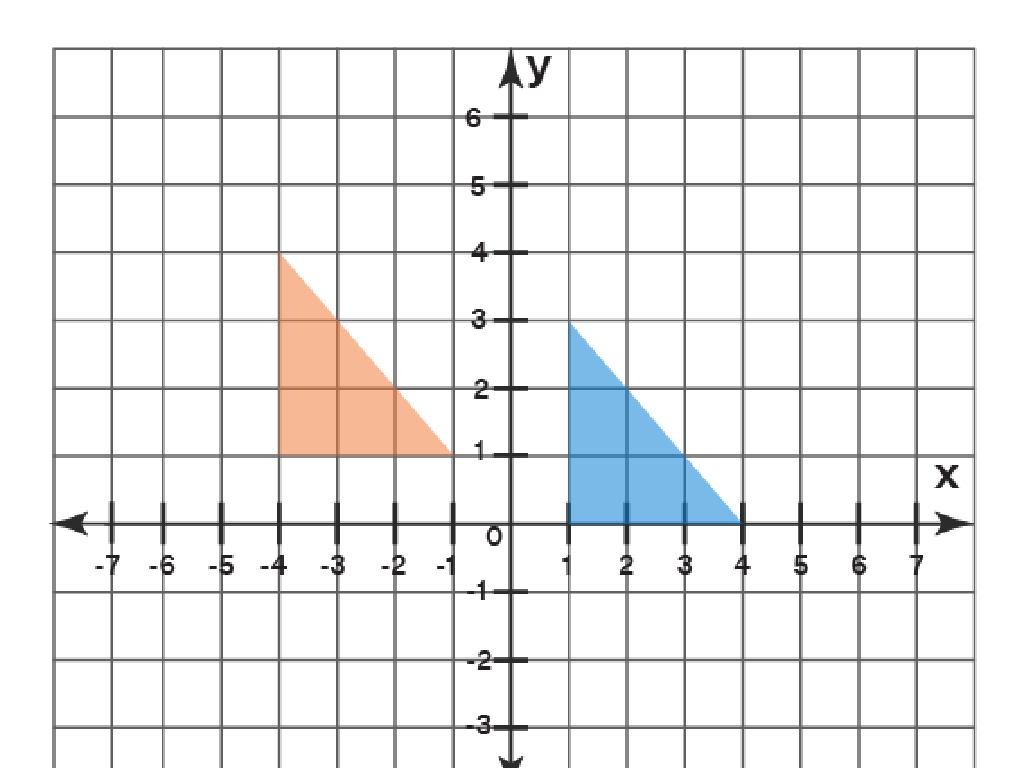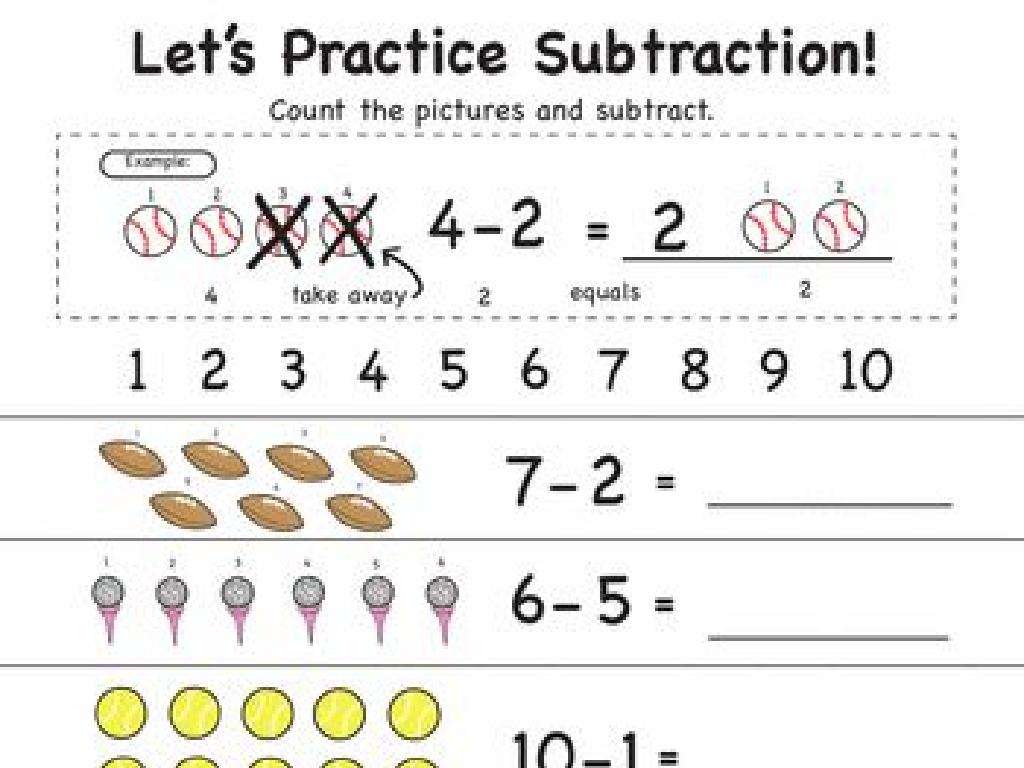Combine Sentences By Adding Key Details
Subject: Language arts
Grade: Third grade
Topic: Sentence Variety
Please LOG IN to download the presentation. Access is available to registered users only.
View More Content
Sentence Variety Adventure: Combining Sentences!
– Why combine sentences?
– Make writing interesting
– Adding details makes stories fun to read
– Use details to combine
– Details like who, what, when, where, why, and how help join sentences
– Practice combining sentences
|
This slide introduces the concept of sentence variety through combining sentences, which is an essential skill for enhancing writing. Explain to the students that combining sentences helps avoid repetition and makes their writing more engaging. Emphasize the use of key details to merge sentences smoothly. Use examples to show how adding ‘who’, ‘what’, ‘when’, ‘where’, ‘why’, and ‘how’ can turn simple sentences into more descriptive ones. For the activity, have students practice by taking two simple sentences and combining them into one with additional details. Encourage creativity and sharing their sentences with the class to learn from each other.
Understanding Sentences
– What defines a sentence?
– Discover subject and predicate
– Subject is who or what the sentence is about; predicate tells us what the subject does.
– Simple sentence structure
– A simple sentence has one independent clause with a subject and a predicate.
– Example: ‘The cat purrs.’
– ‘The cat’ is the subject, ‘purrs’ is the predicate.
|
This slide introduces the basic concepts of sentence structure to third-grade students. Begin by explaining that a sentence is a group of words that expresses a complete thought. Then, break down the sentence into its two main parts: the subject and the predicate. The subject is the person, place, thing, or idea that the sentence is about, and the predicate explains what the subject is doing. Use a simple and familiar sentence as an example, such as ‘The cat purrs.’ Here, ‘The cat’ is the subject, and ‘purrs’ is the predicate. This will help students understand how sentences are formed and the importance of including both a subject and a predicate to express a complete thought.
Enhancing Sentences with Key Details
– Understanding key details
– Key details make sentences interesting and informative.
– Importance of details in sentences
– Details help paint a clearer picture in the reader’s mind.
– Comparing sentences with details
– ‘The dog barked.’ vs. ‘The big, brown dog barked loudly.’
– Practice adding details
– We’ll add details to simple sentences together!
|
This slide introduces the concept of key details in sentences, emphasizing their role in making writing more engaging and informative. Start by explaining that key details are specific pieces of information that describe, clarify, or enhance the main idea of a sentence. Discuss why adding details is crucial, as it helps the reader visualize and understand the text better. Show examples of basic sentences and then the same sentences with added details to illustrate the difference. Encourage students to think of additional details that could be included. Finish with an interactive activity where students practice enhancing sentences with their own details, fostering creativity and reinforcing the lesson.
Combining Sentences with Key Details
– Learn to combine sentences
– Use ‘and’, ‘because’, ‘so’
– Connect ideas using conjunctions
– Example: Combine two sentences
– ‘I have a dog.’ + ‘My dog is brown.’ = ‘I have a brown dog.’
– Practice creating new sentences
|
This slide introduces the concept of combining sentences to add variety and detail to writing. Students will learn how to use conjunctions such as ‘and’, ‘because’, and ‘so’ to connect ideas within their sentences. The example provided will help illustrate how two simple sentences can be combined into one more descriptive sentence. Encourage students to think of their own sentences to combine and share with the class. This activity will help them understand how to make their writing more interesting and informative by adding key details.
Practice Time: Combining Sentences
– Let’s practice sentence combining!
– Find sentences with shared details
– Look for sentences about the same topic or person
– Merge them into one interesting sentence
– For example, ‘The dog barked. The dog was loud.’ becomes ‘The loud dog barked.’
– Use details to make sentences lively
|
This slide is designed for a class activity where students will practice the skill of combining sentences to add variety to their writing. Encourage students to identify sentences that are about the same subject and think about how they can merge these sentences to include all the important details in one. Remind them that combining sentences helps make their writing more interesting and less repetitive. Provide guidance on using conjunctions and adjectives to connect ideas. During the activity, walk around the classroom to assist students and offer examples if they are struggling. Possible activities could include combining sentences from a story they are reading, writing their own sets of sentences to combine, or working in pairs to combine sentences and compare their results.
Let’s Play a Game: Sentence Combining Relay
– Team up for sentence combining
– Combine sentences into one
– Take two sentences and make them one with added details
– Be creative with your sentences
– Use adjectives, connectors, and ideas
– Aim to create the winning sentence
– Judges will pick the most original and detailed sentence
|
This slide introduces a class activity designed to practice combining sentences by adding key details. Organize the class into small teams and provide each with a set of two simple sentences. The goal is for each team to combine these into one complex sentence, using conjunctions, adjectives, and additional details to make the sentence more interesting. Encourage creativity and the use of a variety of sentence structures. After a set time, each team will present their sentence to the class. The teacher will judge the sentences based on creativity, use of language, and how well they combined the original sentences. This activity promotes teamwork, creativity, and application of sentence variety concepts learned in class.
Class Activity: Sentence Creators
– Pair up with a classmate
– Pick two simple sentences from a story
– Add key details to combine them
– Think about what extra information can make the sentences more interesting
– Share your creative sentences
|
This activity is designed to encourage students to explore sentence variety by combining simple sentences and adding details to make them more engaging. Start by explaining how combining sentences can make writing more interesting. Demonstrate with an example, such as taking ‘The cat sat. It was raining.’ and combining them into ‘The cat sat by the window watching the rain.’ Pair students up and let them choose sentences from a story they are familiar with. Guide them to think about how the sentences relate to each other and what details could connect them in a meaningful way. After they have created their new sentences, have each pair share with the class to practice speaking skills and celebrate their creativity. Provide feedback and praise to encourage their efforts.
Wrapping Up: Sentence Combining
– Recap on sentence combining
– Remember, we combine sentences to add interesting details.
– Importance of sentence variety
– It makes our stories more fun to read and write!
– Apply this to your next writing
– Use what you’ve learned to make your stories sparkle.
– Keep practicing and have fun!
|
As we conclude, remind the students how combining sentences can make their writing more engaging by adding key details. Explain that variety in sentence structure helps to keep the reader interested and makes the text more dynamic. Encourage them to apply these skills in their next writing assignment, whether it’s a story, a report, or a journal entry. Emphasize that practice is key to becoming better writers and that they should always aim to enjoy the creative process of writing.

